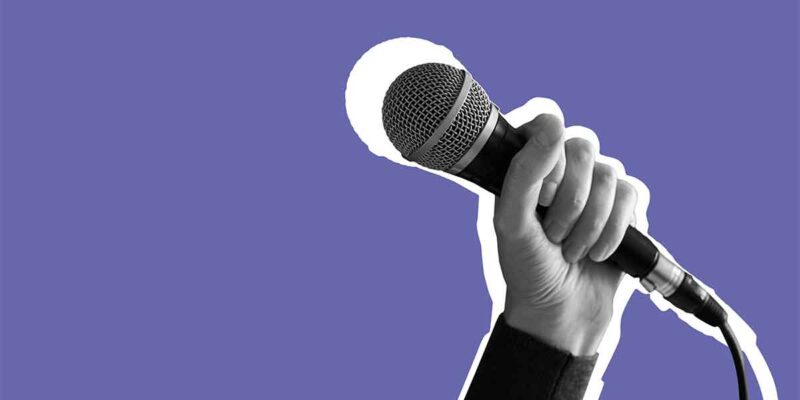Professional Microphone Market Back on Track After Year of Mixed Fortunes
 By: James Kirby
By: James Kirby
Futuresource Consulting
The professional microphone market experienced diverging fortunes in 2020. Some manufacturers struggled to satisfy accelerating demand, while others faced a market in freefall. That’s according to a new report from Futuresource Consulting, which reveals the data behind the highs and lows and forecasts the future opportunities.
“As a result of lockdowns, social distancing and other pandemic measures, global microphone sales to the touring and rental vertical fell well over 50% last year,” said James Kirby, senior market analyst at Futuresource Consulting. “Rental companies were hit hard, with some experiencing business shrinking back by as much as 95%. Yet it wasn’t all doom and gloom. As content creation hit new highs, demand for USB and studio microphones ramped up. Almost all computer and mounted microphone suppliers told us they achieved growth of at least 40% last year across the two categories. Additionally, as many suppliers and intermediaries sell across multiple verticals, they were able to stay in relatively good financial health.”
Content Creation Driving Microphone Market Growth
The content creation boom centered around three key phenomena: music artists and bands were no longer able to tour, so they headed into studios and hosted online gigs instead, helping to increase demand for studio and USB microphones; corporations and institutions introduced new content creation activities, such as live online team social events, lectures and business development initiatives, as well as streaming events for new product launches and trade shows; and consumers’ spending habits and hobbies changed during lockdown, with many pursuing video blogging, game streaming, podcasting or music creation on a recreational or semi-professional basis.
Mid-Market Vendors Feeling the Squeeze
The consumer market continues to make inroads into the professional microphone market, with a price-focused audience growing in size and importance. This is polarised by a feature-rich segment at the top end of the market, where customers are looking for quality and willing to pay for it.
Between these two extremes, the mid-market brands are feeling the squeeze. The low-end volume market has limited differentiation between products. Cost is often the key differentiator, so prices fall as suppliers seek to gain or hold market share. It’s well-established in Africa, Eastern Europe and Latin America, though still relatively small in developed countries, but growing quickly.
At the high-end, unlike the price-conscious consumer market, there’s little price pressure, with average selling prices rising due to new products offering more features at a slightly higher price. And the mid-market brands have nowhere to go. Competing on price will lead to an ever-decreasing spiral of shrinking margins and brand erosion, whereas making the leap into the premium end of the market is a major repositioning challenge in a shrinking market.
Online Retail Ringing the Changes
Prior to the pandemic, there were already significant changes happening at retail. Even high-end microphones were being sold online, and social media was exerting its influence. During the pandemic, online sales skyrocketed, increasing the challenges of managing and supporting channels in a market that depends heavily on relationships.
“The international barriers came down and suppliers found themselves operating in a completely different arena,” says Kirby. “Suppliers had to learn how to manage situations where online retailers in the United States and Germany are competing with distributors and value-added resellers in the UAE, India or Singapore. Amazon is also an ever-increasing threat to traditional channels, particularly as the end-user base continues to evolve.”
A Return to Growth for All
“Once large gatherings and live audiences return to full force, the performance-focused verticals will begin recovering from last year’s adversity,” said Kirby. “We expect installed leisure and portable sound to return to their 2019 levels quickly, after falling significantly in 2020. Touring and rental is expected to reach pre-pandemic levels soon after, with high levels of concert bookings for 2022 adding to the positive outlook. Although component shortages and supply-chain issues will limit potential in some areas, over the coming years, demand for professional microphones will reach new heights. Latent demand and material growth in the end user base will be key to its success and its growth longer-term.”





